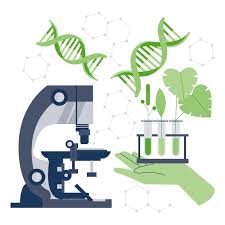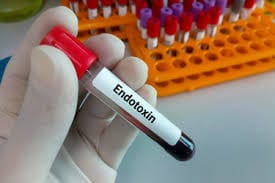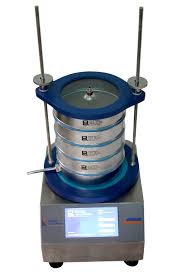Predictive Maintenance and Machine Learning in GMP Environments Predictive Maintenance (PdM) is a proactive approach that relies on continuous monitoring…
Read More

Predictive Maintenance and Machine Learning in GMP Environments Predictive Maintenance (PdM) is a proactive approach that relies on continuous monitoring…
Read More
R&D Guide to Dissolution Specification Setting- Global regulatory Dissolution Specification Setting: Establishing dissolution specifications during the research and development (R&D)…
Read More
The f₂ Similarity Factor in Dissolution Testing-Finished Products f₂ Similarity Factor: One of the most common questions that arises during…
Read More
Dissolution f₂ in Multimedia a is True Indicator of Bioequivalence? Dissolution f₂ in pharmaceutical sciences, ensuring that a generic product…
Read More
Specifications: Testing Procedures And Acceptance Standards For New Drug Substances And Products: Chemical Substances: INTRODUCTION: Specifications 1.1 Purpose of the…
Read More
Biotechnological/Biological Products Specifications: Test Procedures And Acceptance Criteria 1. Objective and Background: Biotechnological/Biological Biotechnological/Biological: Objective: The document provides general principles…
Read More
Q4B Annex 14 Bacterial Endotoxins Test: General Chapter 1. Introduction: Bacterial Endotoxins Test Bacterial Endotoxins Test: This annex is the…
Read More
Q4B ANNEX 13 Bulk Density and Tapped Density of Powders: A Comprehensive Overview 1. Introduction: Bulk Density and Tapped Density…
Read More
Q4B Annex 12 Analytical Sieving General Chapter 1. Introduction: Analytical Sieving Analytical Sieving: The document at hand represents the outcome…
Read More
Q4B Annex 11 Capillary Electrophoresis General Chapter 1. Introduction: Capillary Electrophoresis Capillary Electrophoresis : This annex results from the ICH…
Read More